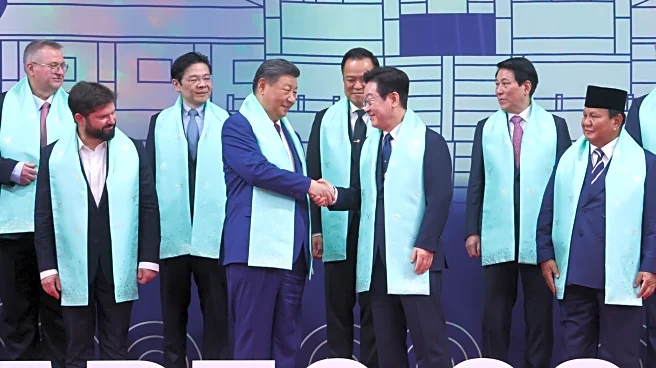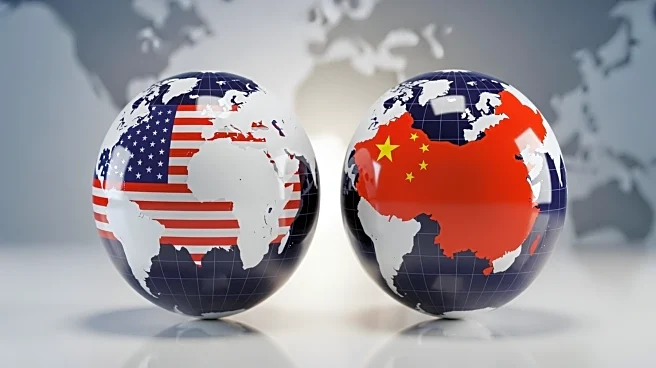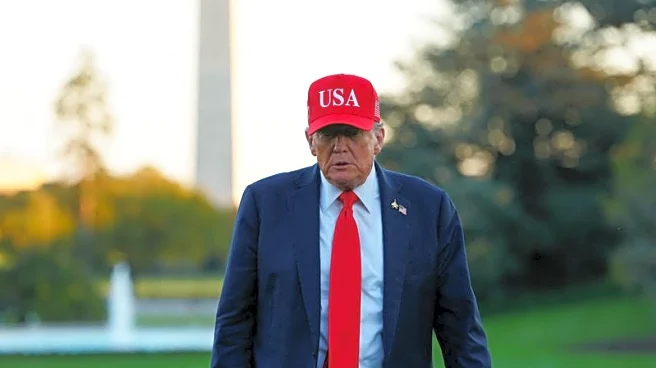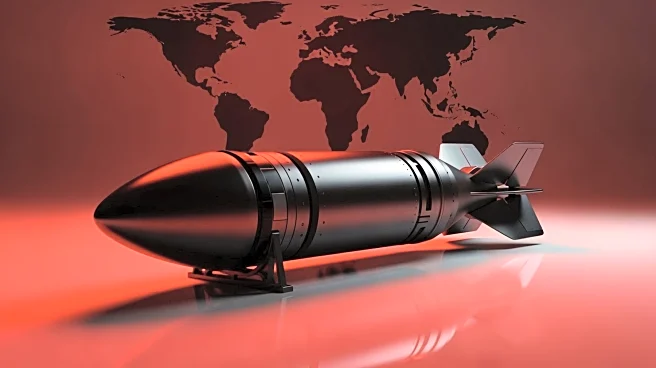What's Happening?
The United States has made three significant strategic bets on China over the past few decades, each resulting in unintended consequences. The first was President Nixon's Cold War détente with China, aimed
at countering the Soviet Union, which inadvertently helped China become a geopolitical heavyweight. The second was President Clinton's decision to bring China into the World Trade Organization in 2001, hoping for liberal reforms, but instead accelerating China's rise as an authoritarian economic rival. The third was President Trump's imposition of sanctions and tariffs to curb China's technological growth, which backfired by accelerating China's tech advancements. A recent trade truce between Trump and Chinese leader Xi Jinping restores a previous status quo but fails to address deeper issues.
Why It's Important?
These strategic missteps highlight the complexities of U.S.-China relations and the challenges of managing a rising global power. The consequences of these bets have significant implications for U.S. economic and technological competitiveness. The recent trade truce, while temporarily easing tensions, underscores the ongoing strategic rivalry and the need for the U.S. to reassess its approach to China. The situation affects various stakeholders, including U.S. industries reliant on Chinese markets and supply chains, and policymakers tasked with balancing economic interests and national security.
What's Next?
The U.S. is now focusing on industrial policy to compete with China's state capitalism, including government stakes in key industries and negotiations on tech exports. This approach aims to bolster U.S. competitiveness but carries risks of misallocated resources and slower growth. The trade truce provides a temporary reprieve, but long-term strategic competition with China is expected to continue, with potential impacts on global trade dynamics and technological innovation.













